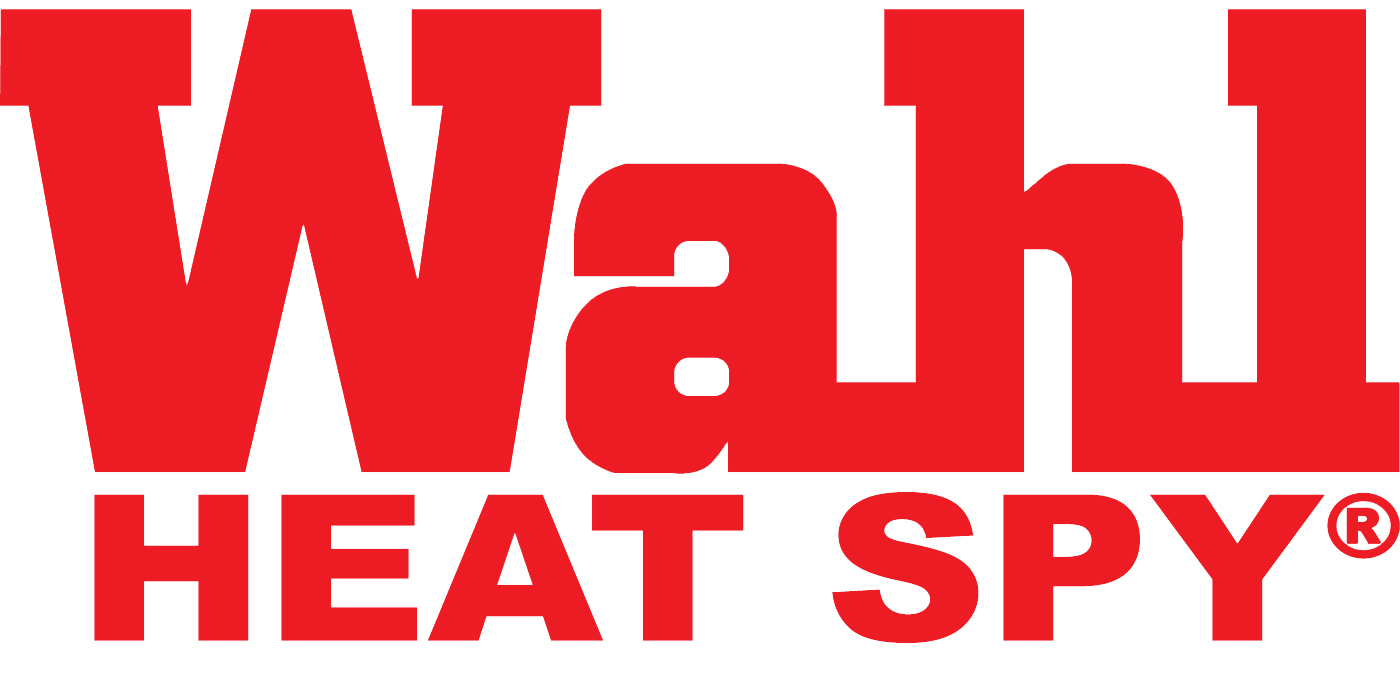Heat flows from one object to another via three different methods: CONDUCTION, CONVECTION, and RADIATION. While the major concern in infrared thermography viewers is primarily with direct radiation, the effects of the other two cannot be neglected.

BruceBlaus / CC BY-SA (https://creativecommons.org/licenses/by-sa/4.0)
CONDUCTION is the way that heat moves in a solid object, and to some extent in liquids, by directly transferring thermal energy from molecule to molecule, heating up each adjacent area within that object or liquid. This is the way a frying pan conducts heat from the outside heat source into a piece of meat inside, or the way a radiator feels hot to the touch if a hand is placed on it. Conduction is a relatively slow method of heat transference.
CONVECTION is generally the way heat moves in a liquid or in a gas. In convection, the thermal energy uses a medium to carry it and develops a current in the medium to move it along more rapidly. This effect is commonly seen in buildings as heated air warms the interior or air conditioned air cools the interior. The heated air moves through the building, warming other things as it goes. This is a faster and more powerful method of thermal transfer than conduction.
RADIATION is the transmission of energy by electromagnetic waves. It needs no transfer medium, moves with the speed of light (even in a total vacuum) and is observed in the way that heat transfers from glowing coals or from the sun to the earth. It is the primary way that your hands are warmed near a fireplace.
These three effects are not exclusive to each other, but in most situations operate together. Infrared temperature measurement is mainly concerned with radiant energy.
